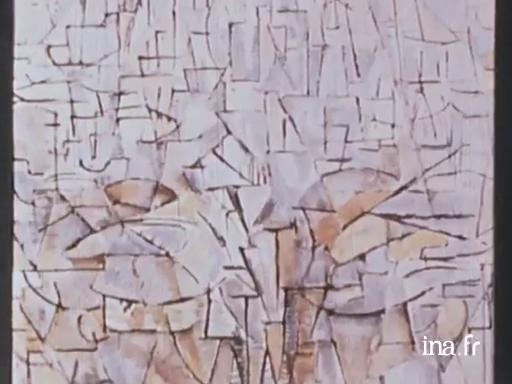Mondrian

Information
A short portrait of Piet Mondrian and an interview with Michel Seuphor, abstract art critic, who tells of the painters course: his attraction to Cubism on his arrival in Paris and his evolution towards abstraction.
- Europe > France > Ile-de-France > Paris
- Europe > Netherlands
Context
Emblematic painter of modernity and abstraction between the two wars, Piet Mondrian (1872, Amersfoort - 1944, New York) embraced several movements before founding his own. To the Academy of fine arts in Amsterdam, where he studied from 1892 to 1985, he owes the classic aesthetics of his first paintings, dark naturalistic landscapes. At the start of the century he evolved towards fauvism and neo-Impressionism by discovering Munch, Seurat and Van Gogh. It was in Paris that he specified his orientation towards the abstract by first familiarising himself with Cubism. Progressively, trees and seas were stylised on his paintings to become the interlaced black lines that characterised his work.
The First World War brought him to Holland where he created De Stijl (The Style) in 1917 with Theo Van Doesburg. This group of painters developed Neoclassicism, the utopian art, from an unstable and insecure European environment. Mondrian's works would also develop around harmony, unity and abstraction of rectangles with bright primary colours on a white background. In 1938, feeling the eminence of war, the painter left for London and in the end fled the bombing by going to New York. Mondrian would perhaps find the ideal environment for his canvases in this vertical and rhythmic town.















